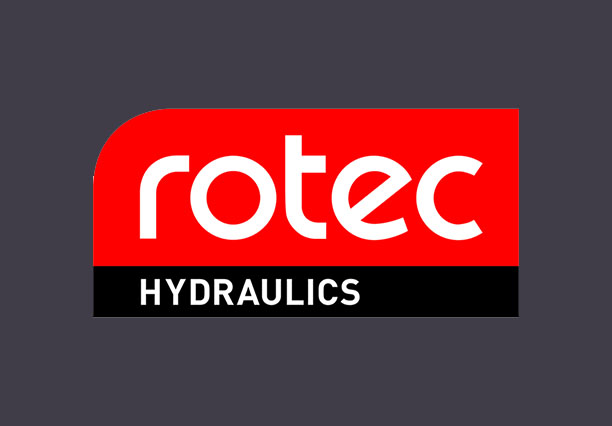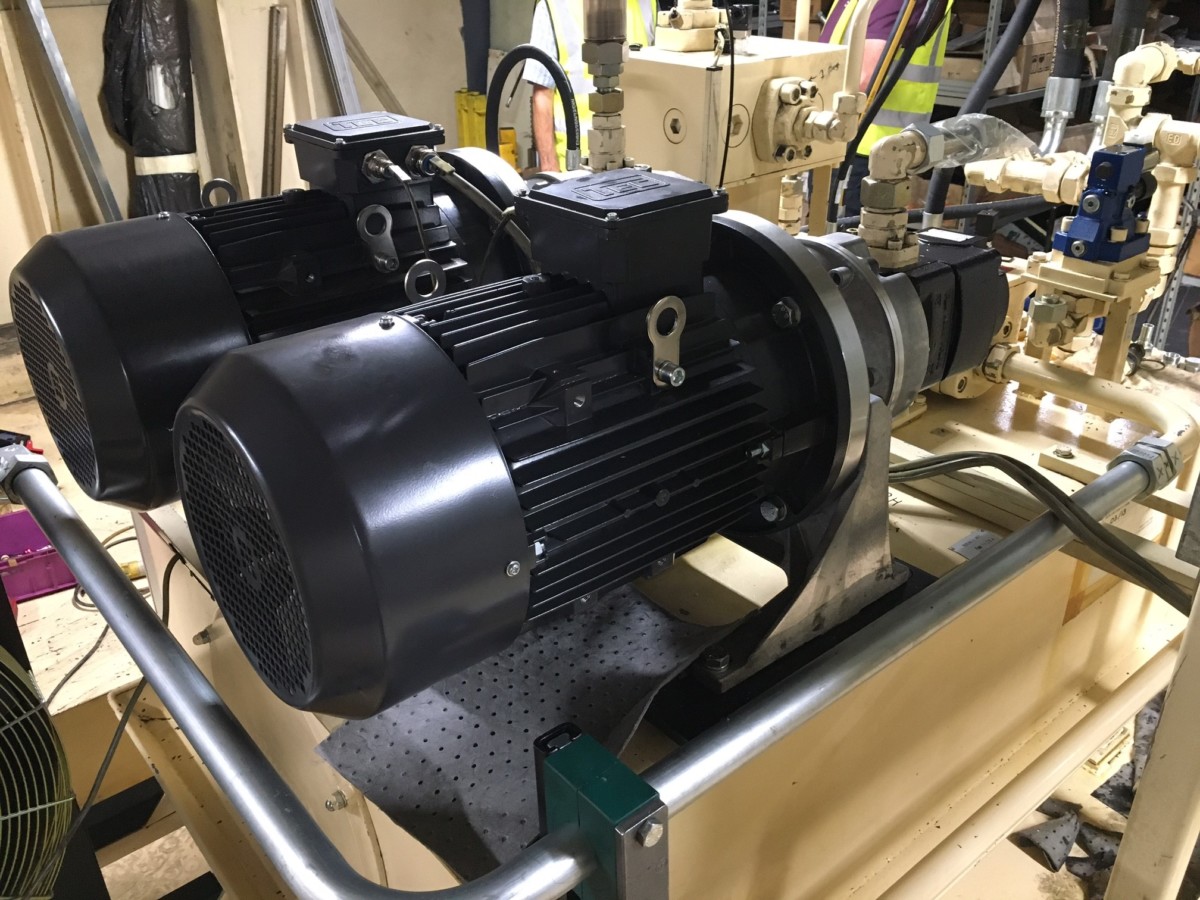Rotec Pledges to Become Net Zero

Businesses taking action to reduce their carbon footprint is critically important in achieving the UK’s goals to tackle climate change by 2050, from cutting emissions in their supply chains to opting for sustainable business practices.
We are proud to announce Rotec has committed to becoming a net zero business by pledging to half its carbon emissions by 2030 and become carbon neutral by 2040.
A recent ‘Carbon Footprint Assessment’ identified the main sources of our carbon emissions and has ensured necessary management frameworks, processes and systems for decreasing the company’s carbon footprint are data-driven and have measurable targets. We have also recently received our FNZ Standard – a benchmark and progress recording and monitoring tool, which is verified and audited by future Net Zero.
To achieve net zero by 2040, Rotec will first focus on reducing emissions caused in-house and by their supply chain to the lowest possible level. Any emissions that cannot be eliminated will need to be offset through schemes that remove carbon from the atmosphere.
All of our service centres, based throughout the South West of the UK, have already taken a number of steps towards our net zero goal, and will continue to take future action in the coming years; continuously looking for new ways to become more sustainably responsible and ultimately carbon neutral.
Paul Prouse, Rotec’s Managing Director, commented,
“We are pleased to announce our environmental commitment to achieve net zero by 2040. Reducing Rotec’s carbon footprint is embedded within our business strategy.
“As part of being an environmentally responsible company, we are committed to supporting our customers to become more sustainable by designing and offering more energy-efficient and eco-friendly engineering solutions.”
To find out more about Rotec’s environmental sustainability aims and actions, click here.






